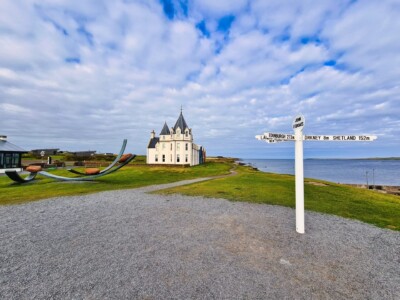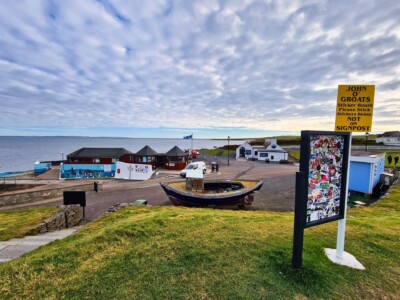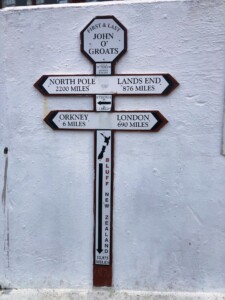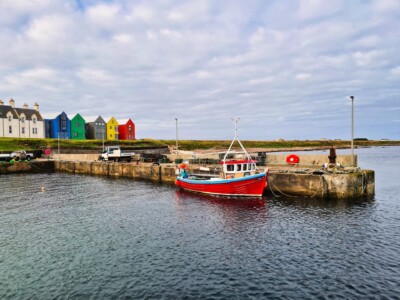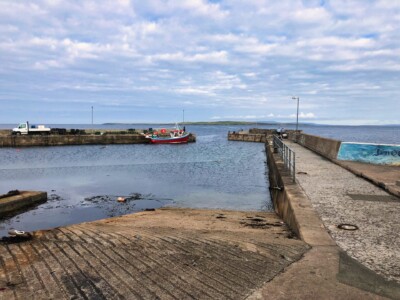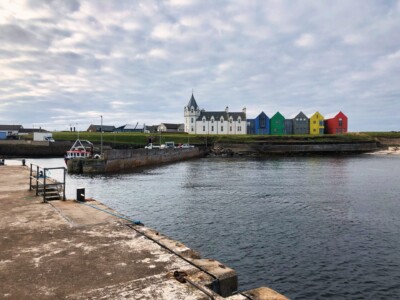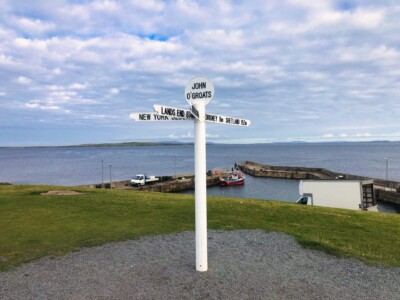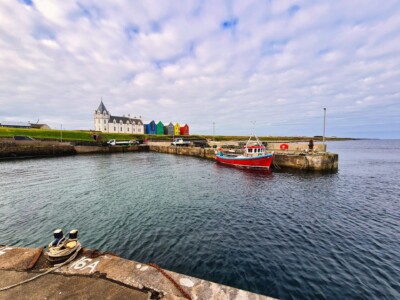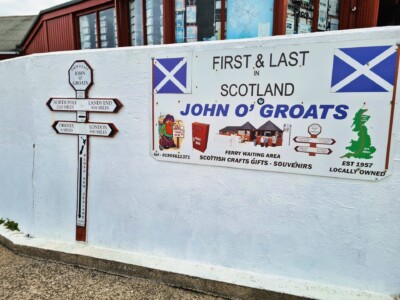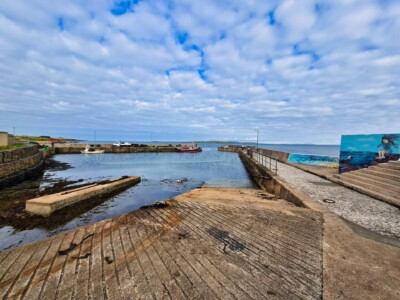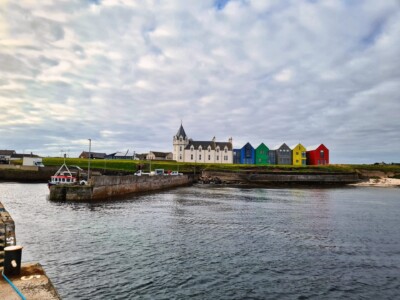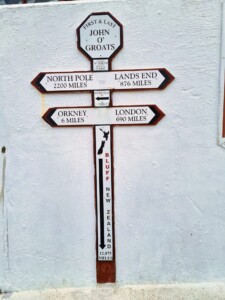Tucked away in the northernmost reaches of Scotland lies the tiny, yet incredibly significant settlement of John o’ Groats. A name synonymous with dramatic coastlines, sprawling vistas, and the end point for many epic journeys, this fascinating destination has piqued the interest of travellers and adventurers for generations.
Location and Getting There
John o’ Groats is located on the northeastern tip of the Scottish mainland, in the county of Caithness. It’s often referred to as the most northerly inhabited place in mainland Britain. Getting there can be an adventure in itself, as it provides an opportunity to traverse some of Scotland’s most scenic routes.
For those arriving by car, the primary route is the A9, which takes you through the heart of the Highlands, offering breathtaking panoramas. You will then branch off onto the A836, leading directly to John o’ Groats. Regular bus services also operate between Inverness and John o’ Groats, making it accessible for those who prefer public transport. For a faster route, flights to Wick Airport and a subsequent short drive can land you at your destination.
Landmarks to Explore
- The John o’ Groats Signpost: The iconic signpost is probably the most photographed spot here. It traditionally marks the start or end of epic treks from Land’s End, the southernmost tip of England.
- The Last House: This quaint building was historically the last house in the UK mainland. It’s a small gift shop now, giving tourists a chance to pick up some memorabilia.
- The Seaview Hotel: Overlooking the harbour, this historic hotel provides captivating views of the Orkney Islands. Its picturesque façade stands as a testament to the area’s heritage.
- Duncansby Head Lighthouse: A short drive or walk from John o’ Groats, this lighthouse is surrounded by dramatic cliffs and sea stacks, offering some of the most memorable views in Scotland.
Walks and Adventures
The landscapes surrounding John o’ Groats are a walker’s dream. Here are some of the best:
- John o’ Groats to Duncansby Head: A short, yet spectacular walk along the coast takes you past the lighthouse and towards towering sea stacks and dramatic cliffs. The trail is well marked and offers magnificent views of the North Sea and Orkney Islands.
- The John o’ Groats Trail: A more adventurous route, this trail stretches for 147 miles from Inverness to John o’ Groats, taking in coastal paths, forest tracks, and open moorlands. It’s a challenging trek, but the diverse landscapes and abundant wildlife make it a rewarding journey.
Fascinating Facts
- Name’s Origin: Contrary to what some might think, John o’ Groats doesn’t get its name from a geographical term. It’s named after Jan de Groote, a Dutchman who allegedly set up a ferry service from the area to the Orkney Islands in the 1490s.
- Not Quite the Northernmost: While it’s commonly believed that John o’ Groats is the northernmost point of the British mainland, that distinction goes to nearby Dunnet Head.
- End to End Journey: Many adventurers embark on the long journey from Land’s End in Cornwall to John o’ Groats. This ‘End to End’ trek covers approximately 874 miles and can be done on foot, by bike, or even by car.
- Wildlife Haven: The coastal areas around John o’ Groats are a haven for marine wildlife. On a lucky day, one might spot seals, orcas, and a plethora of seabirds.
In conclusion, John o’ Groats, with its rich history, breathtaking landscapes, and deep cultural significance, stands as one of the most intriguing destinations in Britain. Whether you’re a history buff, an avid walker, or simply someone looking for awe-inspiring vistas, this northern gem promises an unforgettable experience. So, pack your bags, and set off on a journey to the edge of the Scottish mainland, where the waves meet the cliffs and stories come alive.

